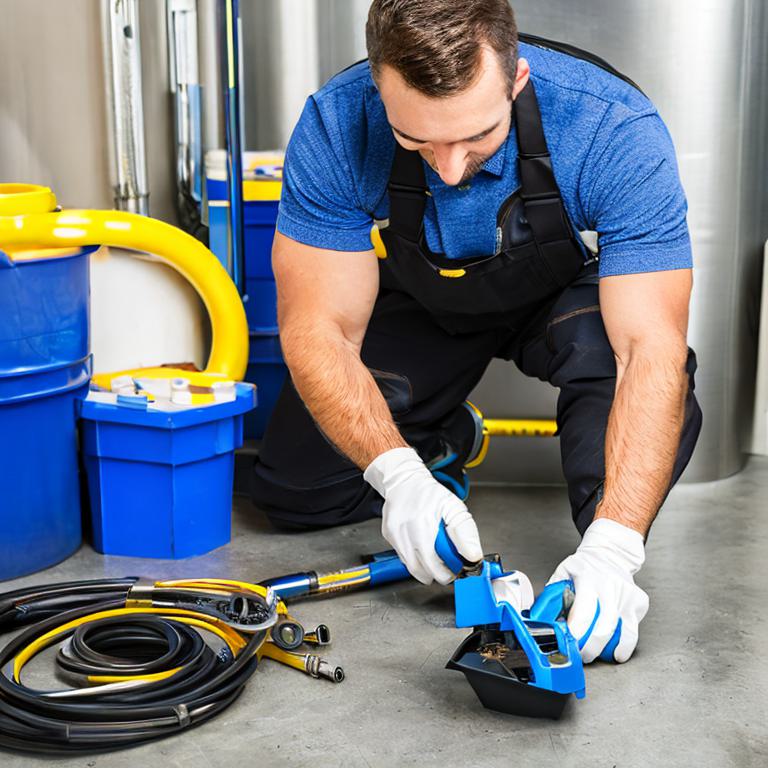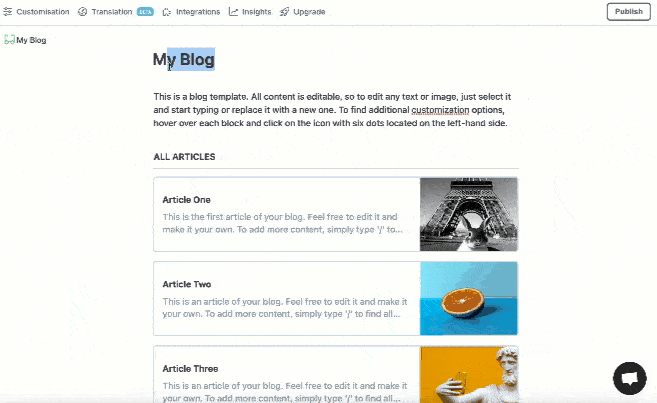The Role of Tree Roots in Causing Blocked Drains and How to Deal with Them
Tree roots can be a major contributor to blocked drains, causing significant disruptions in your plumbing system. Understanding how tree roots infiltrate pipes and learning effective methods to deal with them can help you prevent costly damage and maintain the integrity of your drainage system. In this article, we will explore the role of tree roots in causing blocked drains and provide guidance on dealing with this common issue.

1. How Tree Roots Enter Pipes:
Tree roots are naturally attracted to sources of water and nutrients, making your underground sewer and drainage pipes an appealing target. They can infiltrate pipes through small cracks, loose joints, or damaged sections. Once inside, the roots grow and expand, eventually causing blockages and pipe damage.
2. Signs of Tree Root Blockages:
Recognizing the signs of tree root blockages is crucial in addressing the issue promptly. Common indicators include slow drainage, gurgling noises from drains or toilets, foul odours multiple drains backing up simultaneously. If you notice these symptoms, especially if you have trees or shrubs near your plumbing lines, tree roots may be the cause.
3. Prevention Methods:
To prevent tree roots from causing blockages in the first place, consider implementing the following measures:
a. Strategic Planting: When planting trees and shrubs near your property, choose species with non-invasive root systems that are less likely to damage pipes. Research and consult with professionals to ensure appropriate planting distances from plumbing lines.
b. Root Barriers: Installing root barriers can be an effective preventive measure. These barriers, made of materials like plastic or metal, create a physical barrier that discourages roots from growing towards the pipes. They can be installed during construction or retrofitted by digging trenches along the affected areas.
c. Regular Maintenance: Regularly inspect your drainage system for signs of root intrusion, especially if you have established trees nearby. Conduct professional inspections and consider using root-killing treatments or foams designed to inhibit root growth in pipes.
4. Dealing with Tree Root Blockages:
If you suspect or confirm tree root blockages in your drains, there are several methods to address the issue:
a. Hydro Jetting: Hydro jetting involves using high-pressure water to clear blockages and cut through tree roots. Professional plumbers employ specialized equipment to flush out the roots, debris, and sediment from the pipes, restoring proper water flow.
b. Mechanical Root Removal: In cases where tree roots have caused significant pipe damage, mechanical root removal may be necessary. Plumbers use rooter machines or cutting tools attached to flexible cables to break apart and remove the roots from the pipes. This process may require access through cleanouts or excavation in severe cases.
c. Pipe Repair or Replacement: If tree root intrusion has caused extensive damage to your pipes, repair or replacement may be required. Plumbers can assess the extent of the damage and recommend appropriate solutions, such as pipe relining, where a new liner is inserted inside the existing pipe, or complete pipe replacement if necessary.
5. Professional Assistance:
Dealing with tree root blockages is a complex task best handled by professional plumbers. They possess the expertise, tools, and techniques required to safely and effectively address the issue. Contact a qualified plumber to assess the situation, determine the best course of action, and minimize further damage to your drainage system.
Tree roots can pose a significant threat to your plumbing system, causing blocked drains and pipe damage. By understanding how tree roots enter pipes, implementing preventive measures, and promptly addressing root intrusion, you can mitigate the risk of blockages and maintain the integrity of your drains. Remember to seek professional assistance when dealing with tree root blockages to ensure a thorough and long-lasting

ALL ARTICLES


